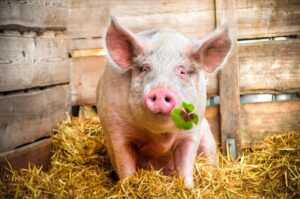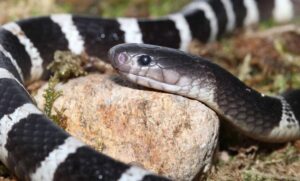For decades, the United States has faced the invasion of many non-native animals and plants from Asia. These species not only cause economic damage and harm agriculture and ecosystems but have also become a true nightmare for people. This article by KnowAllAnimals will highlight the Top 6 Asian animals and plants haunting Americans due to their powerful and difficult-to-control destructive nature.
1. Top 6 Asian Animals And Plants Haunting Americans
Let’s find out which invasive species from Asia are causing a nightmare for Americans:
1.1. Privet
- Kingdom: Plantae
- Clade: Tracheophytes
- Clade: Angiosperms
- Clade: Eudicots
- Clade: Asterids
- Order: Lamiales
- Family: Oleaceae
- Tribe: Oleeae
- Subtribe: Ligustrinae
- Genus: Ligustrum L.
The privet is a common non-native plant in the Southern U.S. It’s a type of shrub from the Ligustrum genus, initially imported from Asia for ornamental purposes. However, at the time, the U.S. had very few shrubs like the privet, so this species quickly took over the natural environment. Its explosive growth immediately squeezed out populations of other plants, affecting native pollinators like butterflies and insects.
The older Chinese privet (Ligustrum sinense) is a nightmare for the entire Southern landscape, according to the U.S. Department of Agriculture. If that’s not bad enough, privet is a plant that releases more CO2 than normal plants, making it a real problem.
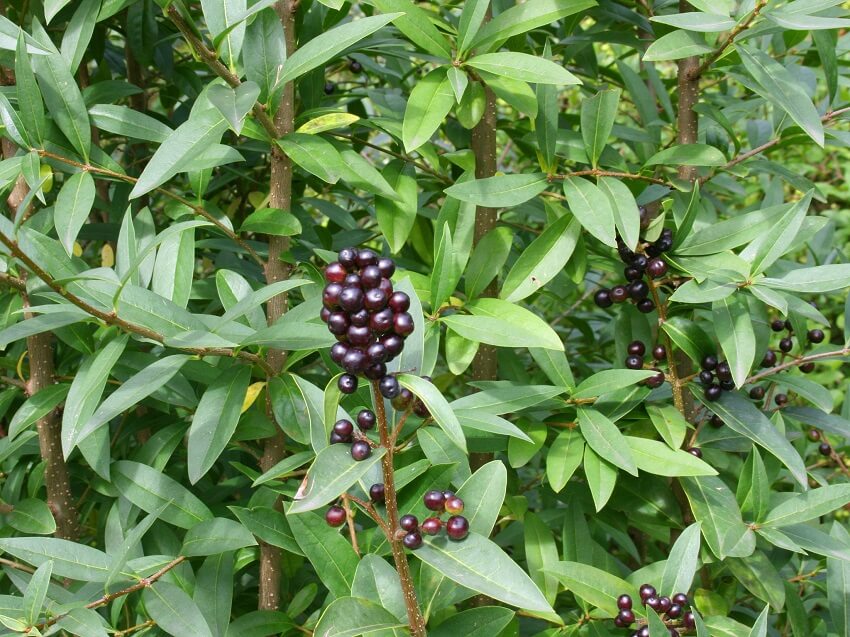
1.2. Zebra Mussels (Dreissena polymorpha)
- Kingdom: Animalia
- Phylum: Mollusca
- Class: Bivalvia
- Order: Myida
- Family: Dreissenidae
- Genus: Dreissena
- Species: D. polymorpha
Named for the dark stripes on their shells, these mussels were first discovered in the Great Lakes in the late 1980s. They likely came from the Caspian Sea region of Asia. Since their discovery, scientists have tried hard to stop their spread.
These mussels have a formidable destructive power. They reproduce quickly and destroy local mussel populations at a terrifying rate as they move to new freshwater sources. They can even grow to the point of clogging the water supply pipes of power plants and wastewater treatment facilities.
So far, this species has only been found in the eastern half of the U.S. Late last year, several conservation organizations issued an urgent alert that zebra mussels were contaminating marimo moss balls (a type of filamentous green algae) commonly sold for use in home aquariums in 21 states. This served as a warning for customers to check their own moss balls and use specialized methods to quickly get rid of them.
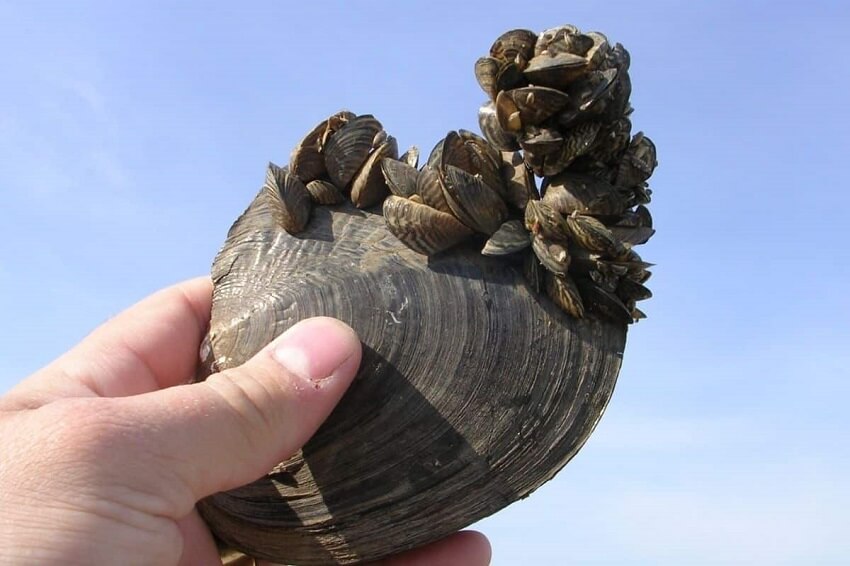
1.3. Asian Longhorned Tick
- Kingdom: Animalia
- Phylum: Arthropoda
- Class: Insecta
- Order: Coleoptera
- Suborder: Polyphaga
- Infraorder: Cucujiformia
- Family: Cerambycidae
- Genus: Anoplophora
- Species: A. glabripennis
Ticks have fully made the U.S. their native home; they are a public health threat due to their ability to carry a wide variety of bacteria. The situation got even worse when a New Jersey research team reported they had discovered a new tick species in an American family’s backyard in 2017: the Asian longhorned tick (Haemaphysalis longicornis).
They might have arrived in the U.S. by clinging to the fur of pets or other animals traveling from Asia. Since then, the Asian longhorned tick has been found in 17 states, including New York, Georgia, and Tennessee. This species is especially harmful to livestock; they are capable of asexual reproduction and can swarm a single animal to suck its blood. Currently, scientists have not determined the risk of this tick species to humans, although some studies have shown they can cause certain tick-borne diseases in humans, such as Rocky Mountain spotted fever.
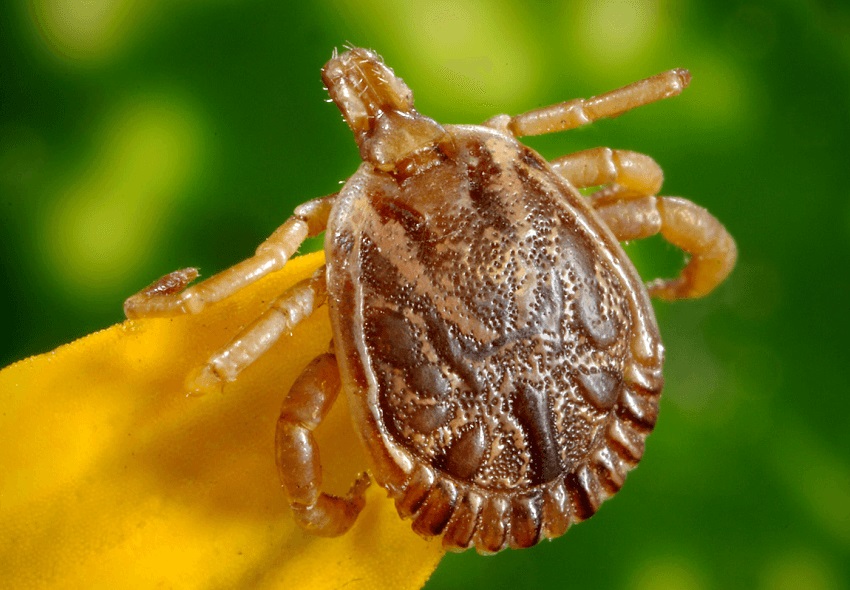
1.4. Spotted Lanternfly
- Kingdom: Animalia
- Phylum: Arthropoda
- Class: Insecta
- Order: Hemiptera
- Suborder: Auchenorrhyncha
- Infraorder: Fulgoromorpha
- Family: Fulgoridae
- Genus: Lycorma
- Species: L. delicatula
The spotted lanternfly is an insect that first appeared in Pennsylvania around 2014, believed to have originated from southern China, Taiwan, and Vietnam. This insect has quickly spread across the Northeastern U.S. The spotted lanternfly is not harmful to humans, but it is especially dangerous for fruit trees and crops. It has the potential to hinder plant development with the honeydew residue it secretes. The reason the spotted lanternfly has invaded so quickly is that its eggs often cling to people’s clothes and shoes, facilitating their spread to many locations.
The situation is so severe that officials in New York and Pennsylvania last summer encouraged residents to find ways to kill any spotted lanternflies they happen to see. However, the most common and effective method remains using insecticides.
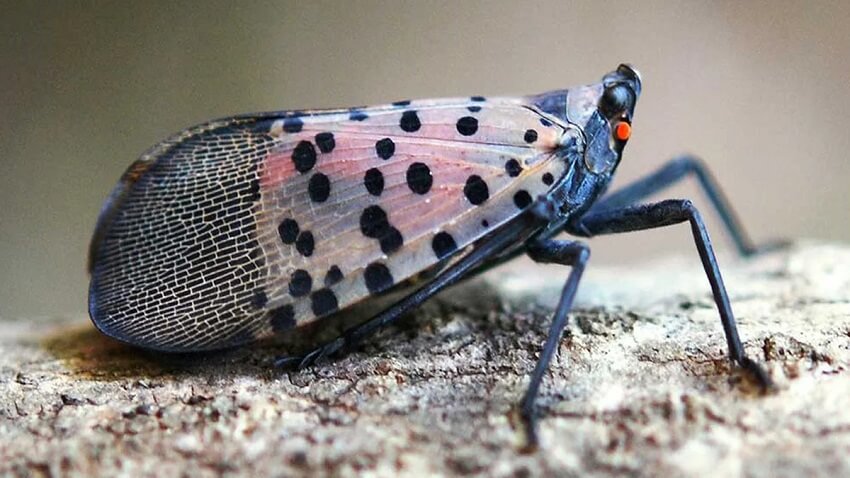
1.5. Asian Carp in America
Carp, originating from Europe and Asia, became a nuisance to Americans a century ago. The more recently introduced bighead, black, grass, and silver carps are far worse.
Initially, they were imported for aquaculture, but due to floods or other incidents, these fish found their way into the wild. These voracious invaders began to overwhelm native species, and after depleting their food sources, they moved elsewhere. So far, their impact has only been seen in the Mississippi River, but since this river system is connected to many others, a widespread invasion is only a matter of time.
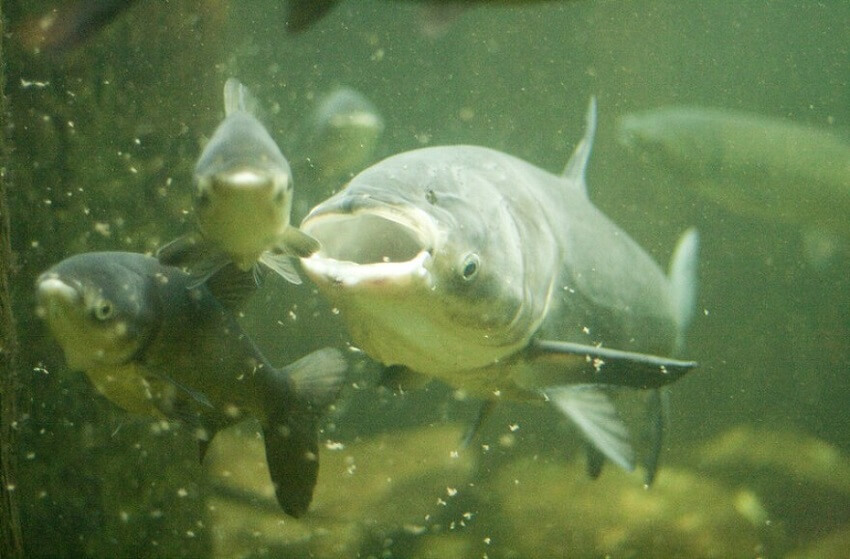
1.6. Asian Giant Hornet
- Kingdom: Animalia
- Phylum: Arthropoda
- Class: Insecta
- Order: Hymenoptera
- Family: Vespidae
- Genus: Vespa
- Species: V. mandarinia
The U.S. is a hub for many invasive species, one of which is the “murder hornet,” officially known as the Asian giant hornet (Vespa mandarinia). These deadly insects first arrived in Canada via shipping containers. In addition to their lethal venom, they are known for their ability to hunt other bee species for food. Just a few hornets are enough to wipe out an entire beehive in a matter of days.
Native bee populations in regions with giant hornets have developed defenses, but bees in the U.S. have not yet developed such a mechanism. Therefore, many people are worried about the future of the already declining bee population in the U.S.
To date, this hornet has been reported mostly in Washington state. Although scientists are working hard to destroy any nests that are found, some believe it is only a matter of time before the hornets spread across the entire U.S.
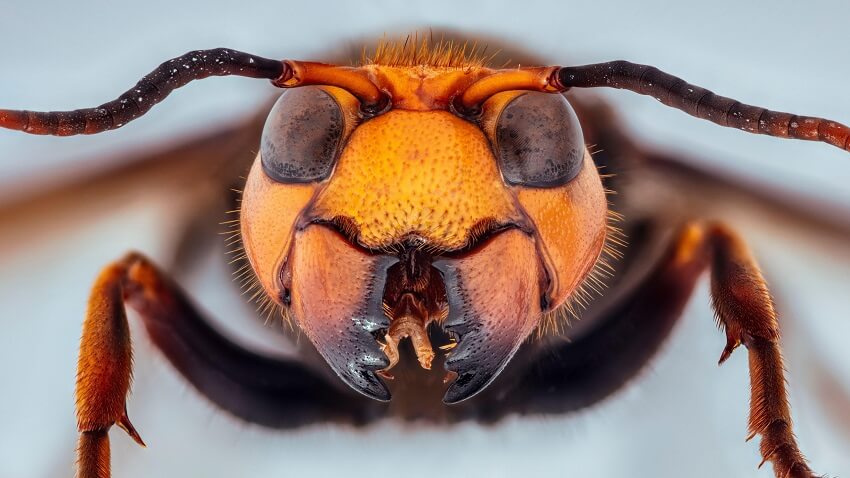
2. FAQs
1. What non-native plant from Asia is spreading and affecting the ecosystem in the Southern U.S.?
Privet (Ligustrum sinense), originally imported from Asia as an ornamental plant, has spread rapidly, reducing the number of native species and negatively impacting pollinators like butterflies and insects.
2. Where do zebra mussels originate from, and what problems do they cause in the U.S.?
This mussel species, with its distinctive black stripes, is believed to have come from the Caspian Sea region (Asia). When they invaded the U.S. freshwater system, they reproduced quickly, destroyed native mussels, and clogged water supply pipes at power plants.
3. What threat do Asian longhorned ticks (Haemaphysalis longicornis) pose to public health in the U.S.?
This tick species has spread across the U.S., discovered in 17 states. They are harmful to livestock, can reproduce asexually, and carry many dangerous bacteria, threatening public health and the livestock industry.
4. Why do Asian invasive species cause such severe economic damage in the U.S.?
The U.S. has suffered enormous damage from these invasive species-estimated at over $120 billion-as they impact the environment, agricultural production, water systems, and the costs of control and cleanup.
5. What can Americans do to prevent and control invasive species from Asia?
Regularly check and remove harmful species like zebra mussels and longhorned ticks from water bodies and pets. Raising public awareness and adhering to regulations for quarantining and importing plants and animals from Asia are crucial to preventing new invasions.
3. Conclusion
The uncontrolled emergence and spread of Asian animals and plants haunting Americans is a clear warning about the dangers of non-native organisms. They not only cause ecological imbalance but also directly affect human life and the economy. Understanding these species will help raise awareness and enable us to take action to protect our environment for a more sustainable present and future. Thank you for reading this article, “Top 6 Asian animals and plants haunting Americans” from KnowAllAnimals.

